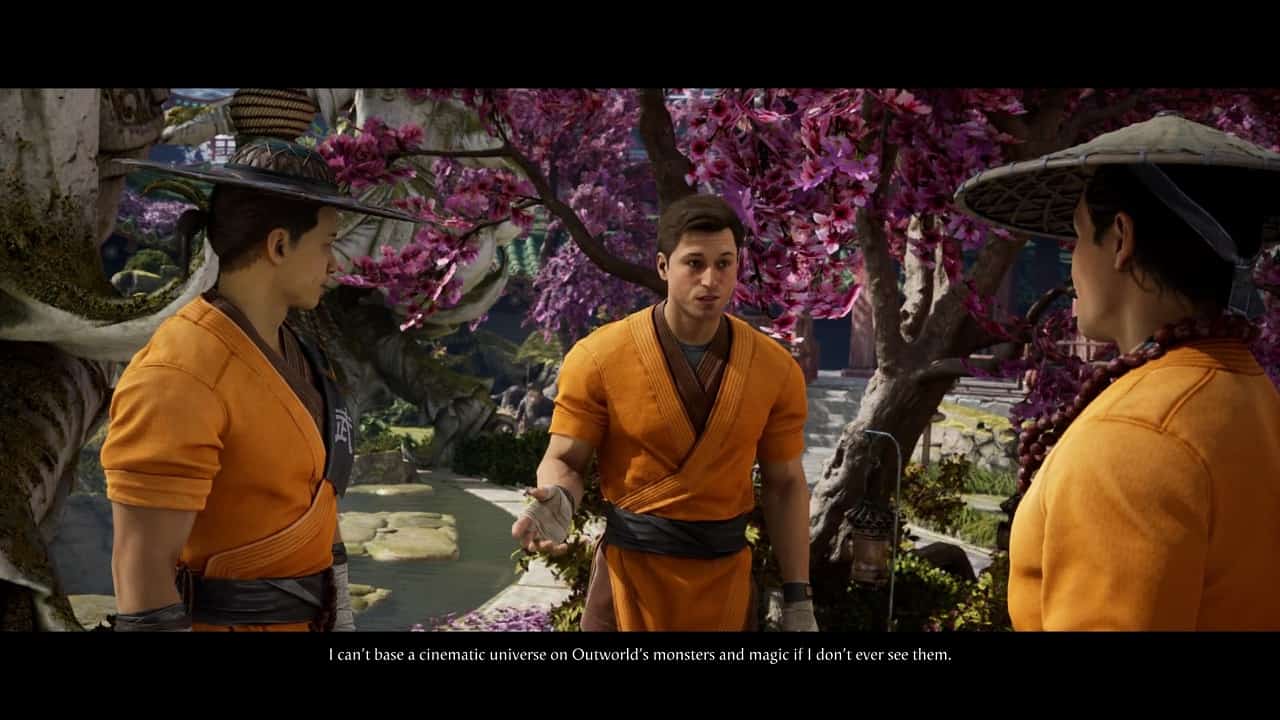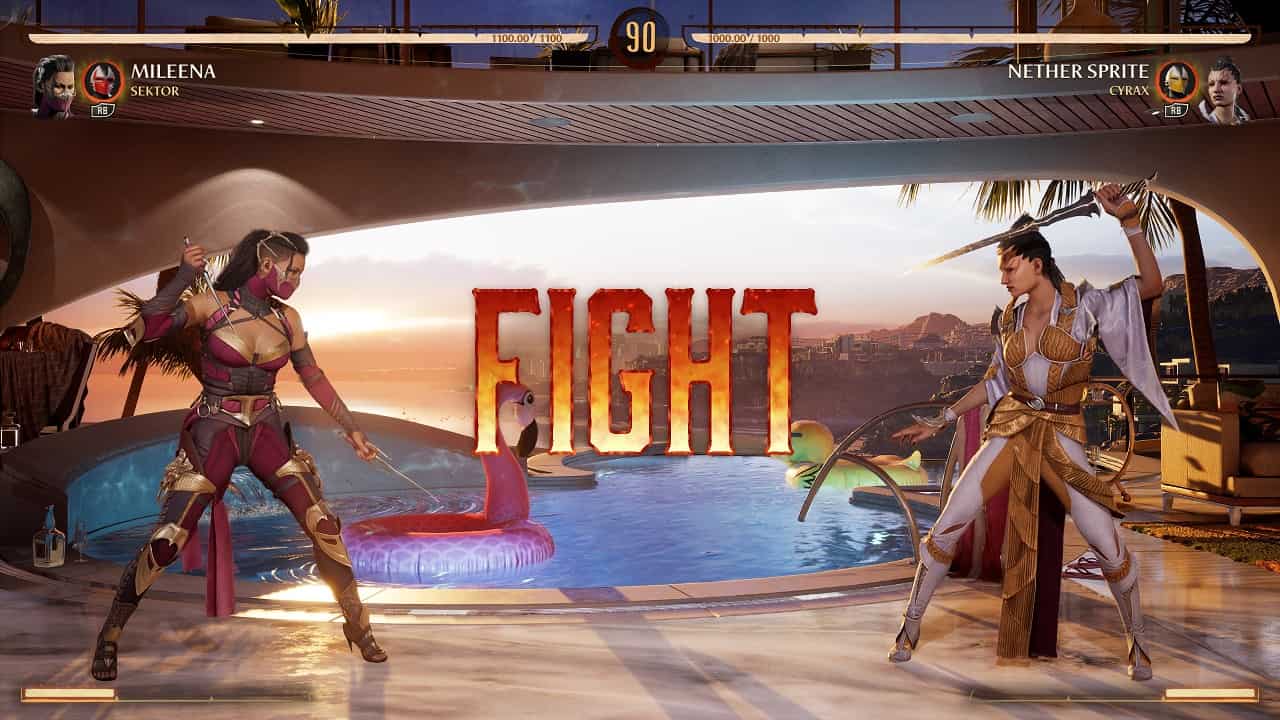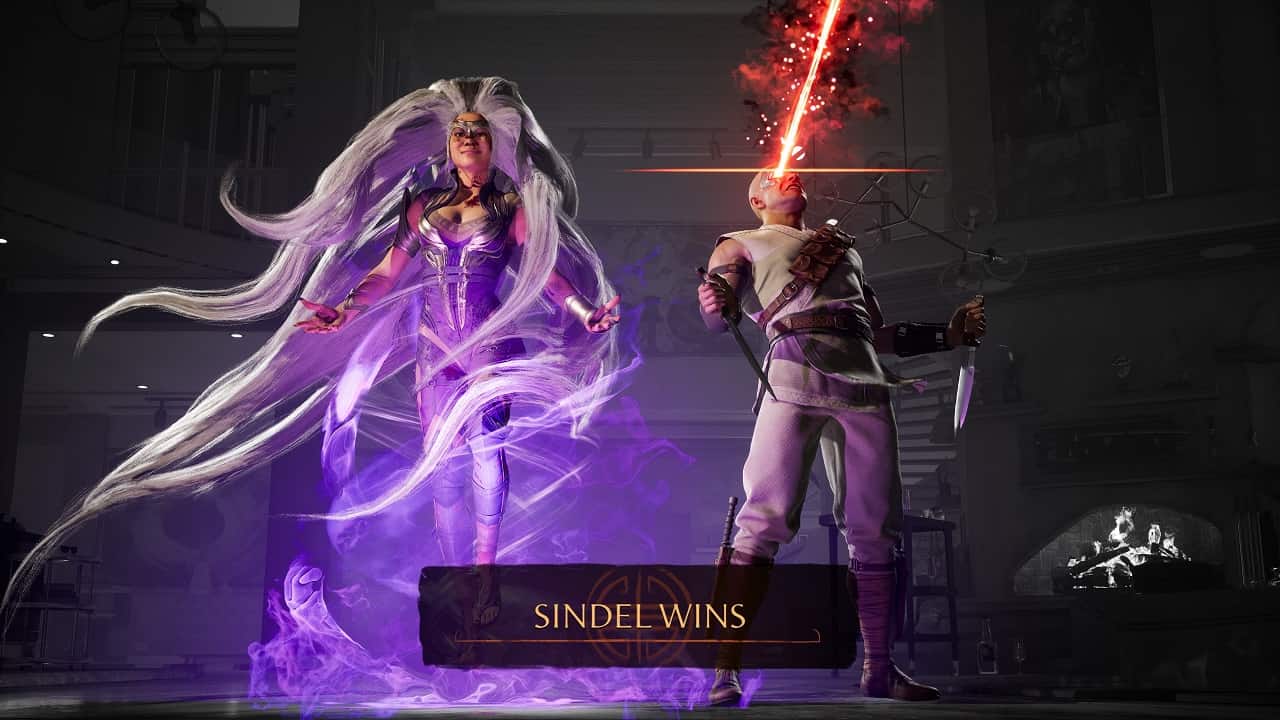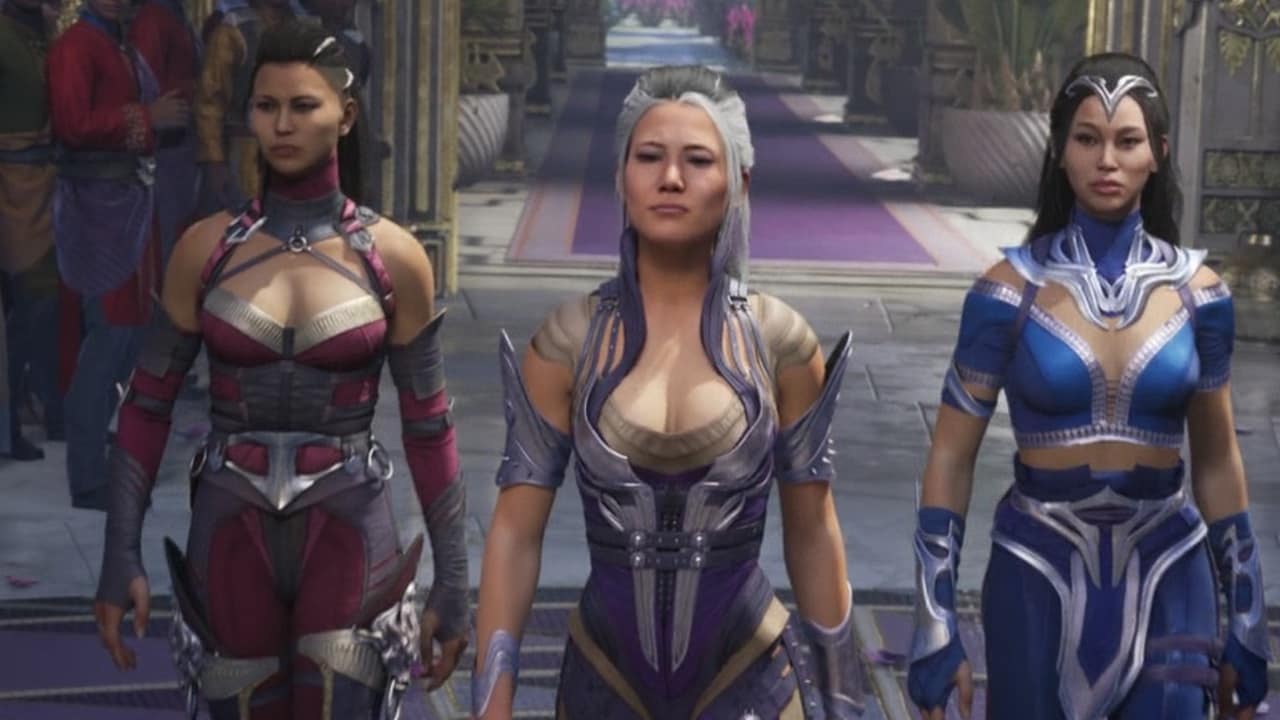You can trust VideoGamer. Our team of gaming experts spend hours testing and reviewing the latest games, to ensure you're reading the most comprehensive guide possible. Rest assured, all imagery and advice is unique and original. Check out how we test and review games here
Partially responsible for the M rating in video games, Mortal Kombat has been ripping limbs and spilling guts on screens for over three decades. Across the years, we’ve seen developer NetherRealm jump between ideas like one of their antsy fighters, balancing tradition with refinement. With Mortal Kombat 1, they’ve managed to nail both.
On the legacy side, Mortal Kombat 1’s heart beats with the franchise’s devastating two-punch and two-kick combos. Paired with a new Kameo fighter system, a story reboot, and an absurd amount of endgame content, it’s safe to say that gore-gourmet Mortal Kombat is back. The new focus on aerial combos is a welcome change and Mortal Kombat 1’s tutorials do a great job of teaching players about concepts like frame data and zoning. It won’t take long for beginners to start landing combos and ending with fatality and brutality finishers. Juggling enemies or punishing missed attacks feels particularly rewarding in Mortal Kombat 1.
While the combo focus certainly hasn’t changed, Mortal Kombat 1 encourages long combo strings to whittle down an opponent, more so than earlier iterations. While the game’s deadly Fatal Blows can still win rounds, a start animation lets you evade or block them. This makes them fairer on the receiving end than the X-Ray attacks of yore.

Kameo fighters play a role across all these facets, from life-saving combo breakers to Fatal Blows and regular attacks. You can even trigger unique fatalities with the right button combination. I didn’t pay much heed to them until I noticed how they influenced combat. Sub-Zero grants you icy armour to weaken enemy attacks while others give you projectile attacks or sweet throws.
This makes picking a Kameo fighter that pairs well with your main fighter an important decision. Kameo fighters also help the game’s roster abandon rigid roles to accommodate more playstyles, with returning characters like Darrius and Motaro supporting the main characters.
Matches get especially tense when both fighters lose enough health to gain the Fatal Blow ability. The joy of dodging a Fatal Blow before watching two characters wreck an opponent’s insides after a combo string never seems to wane. NetherRealm’s brand of comedic violence and over-the-top gore managed to unsettle me despite sinking dozens of hours into earlier titles. One might also see that as strong praise for the game’s graphics.

The stages themselves are elaborately designed with their own thumping soundtracks that change as each round passes. Packed with next-gen visuals thanks to the Xbox Series X|S and the PS5, Mortal Kombat 1 delivers some visceral attack animations across its roster of beloved characters. These range from your usual suspects like Scorpion and Sub-Zero to reimaginations of older characters like Li Mei and Havik. Mortal Kombat: Deadly Alliance (2002) and Mortal Kombat: Deception (2004) fans should be able to spot plenty of callbacks and references across the game’s six-hour campaign.
While Mortal Kombat 1’s story promises a fresh start, it doesn’t take long for a new power struggle to emerge. Once more, we’re looking at a narrative reboot that respects its legacy a little too much. While Mortal Kombat 11’s Aftermath expansion did set the stage for a timeline reset, things aren’t too different across the realms. Liu Kang, now a fire-wielding demigod, restarted history and reworked the backstories of every villain. This brings an era of peace to Mortalrealm, even with the Outworld realm that’s usually out for blood.

This peace is eventually threatened by forces that Liu Kang had not anticipated. To no one’s surprise, age-old conflicts show up yet again to please long-time MK fans. Some villains are no longer power-mongers and even help restore order against new threats. The story’s beats, if predictable, reach the bombastic heights of its predecessors and even outdo them at times. NetherRealm has proven itself an expert in channeling the sweet power of nostalgia. Mortal Kombat 1’s final fight sequence lands among this year’s biggest gaming moments for me.
Character voice acting is a notable highlight, giving life to lines that walk between self-aware tropes and meta-humor. Stoic Liu Kang (Matthew Yang King) and conflicted Sub-Zero’s (Kaiji Tang) voice actor performances are outstanding. While Mortal Kombat 1 does make use of its large roster in the campaign, there are plenty of surprises that don’t fit into this mold. Shang Tsung’s new role is especially interesting since he’s been a pain to players across multiple console generations.
While the game’s story has some pleasant combat stage surprises for longtime fans, there’s plenty more once you roll the credits. Just like earlier MK titles, beating the Klassic Tower challenges lets you unlock new character endings that flesh out their place in this new era. But among Mortal Kombat 1’s post-campaign content, Invasion mode is its finest achievement.

Think of Invasion as NetherRealm’s greatest hits and minigames packaged into an isometric map. It’s got a narrative component too, one that loses none of Mortal Kombat’s whimsical charm. While the overarching plots make sense, stage-to-stage story beats like Baraka stealing Johnny Cage’s mansion keys aren’t going to win storytelling awards. But it’s enough of a reason to throw hands.
These branching paths present enemies with randomized buffs, making the grind for new cosmetics and unlockable content more palatable. Leveling up and using talismans lend an RPG element to these encounters. While the elemental weakness chart felt out of place, it’s a good hook for completionists. Invasion also features minigames like evading fireballs and the classic Test Your Might challenge.
It’s a neat spin on franchise staples like the Krypt. With enemy factions threatening multiple realms, there’s plenty of mileage here in terms of replayability. Mortal Kombat 1 has a staggering amount of content to unlock, ranging from movies to customizable gear. My only concern is that the best outfits in the game are now behind a grind. The campaign featured some impressive outfits, making me hope that some of them can be worn by players. This worry evaporates once I enter combat, of course.
It can get frustrating at times, especially if you don’t switch to an appropriate character. The game assigns elements to characters, meaning that some of them are better at certain challenges. Invasion is a breath of fresh air from the campaign’s largely ordinary fights. Despite that, I can’t help but wish for an easier way to get new gear without a long grind or forking over cash. It’s a complaint that returns from Mortal Kombat 11’s Krypt.

Performance was fairly solid across Mortal Kombat 1’s single-player content. It remains to be seen if its multiplayer netcode retains this polish. Outside of some frame dips in the campaign’s busiest segment (you’ll know it when you see it), it was smooth sailing. While Street Fighter 6’s single-player World Tour genuinely impressed me, Mortal Kombat 1 doesn’t have a silver bullet. It doesn’t solve longstanding issues like two-dimensional characters (plot-wise) or janky and unreal animations. The game chooses to shore up its foundation instead.
NetherRealm builds on its strengths, sticking to familiar combos and over-the-top violence. The campaign offers more of the explosive setpieces and lethal duels you’ve come to expect. Invasion mode is a part of that strategy, one that might pay off handsomely if it receives live service-like updates with new gear. The franchise has also made some inroads in greeting newcomers while catering to older fans with its Kameo system. It’s a complete package, especially for Mortal Kombat fans. But it lacks the extra oomph of the Drive Gauge system and ambitious World Tour mode that Street Fighter 6 brought in this year.
Despite these welcome improvements, Mortal Kombat 1 doesn’t present itself as the future of fighting games. With all the things it gets right, maybe it doesn’t have to.
Reviewed on PC. Game provided by the publisher.
Mortal Kombat 1
- Platform(s): Nintendo Switch, PC, PlayStation 5, Xbox Series S, Xbox Series S/X, Xbox Series X
- Genre(s): Beat 'em Up


